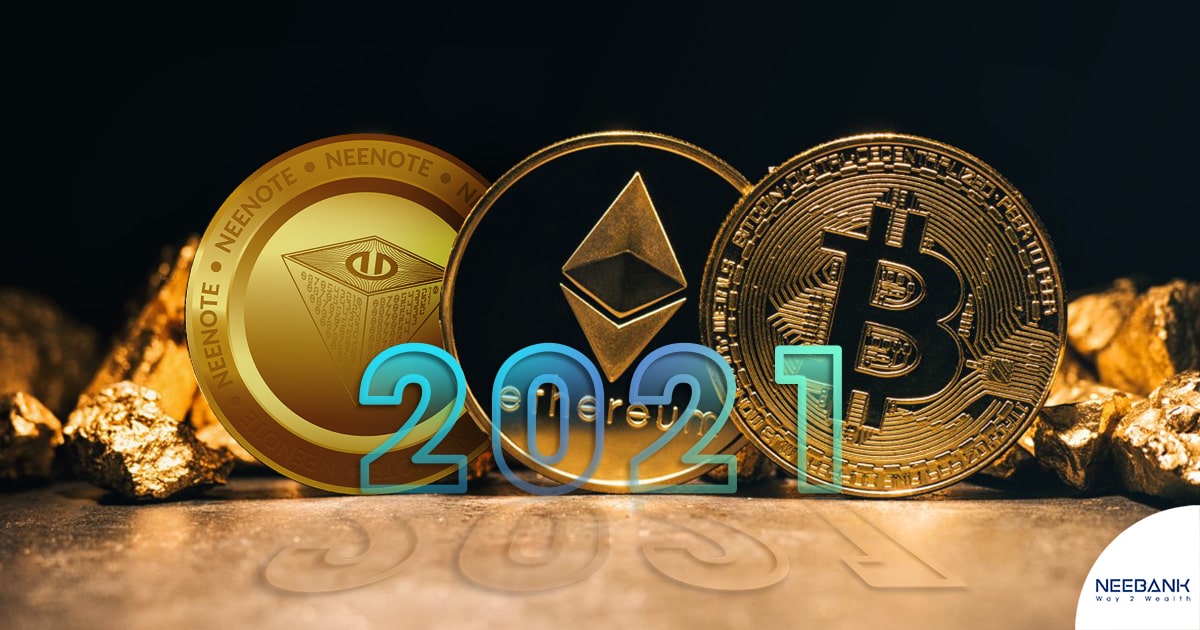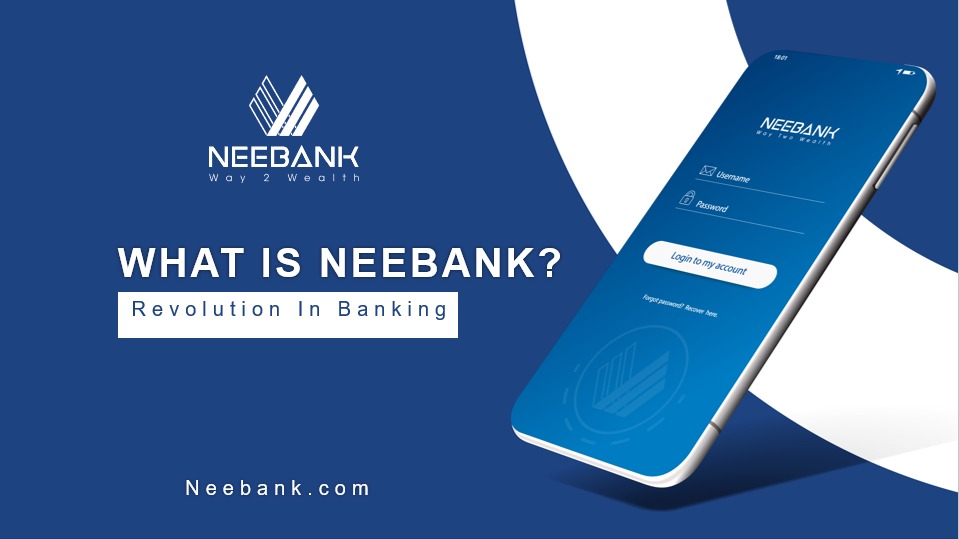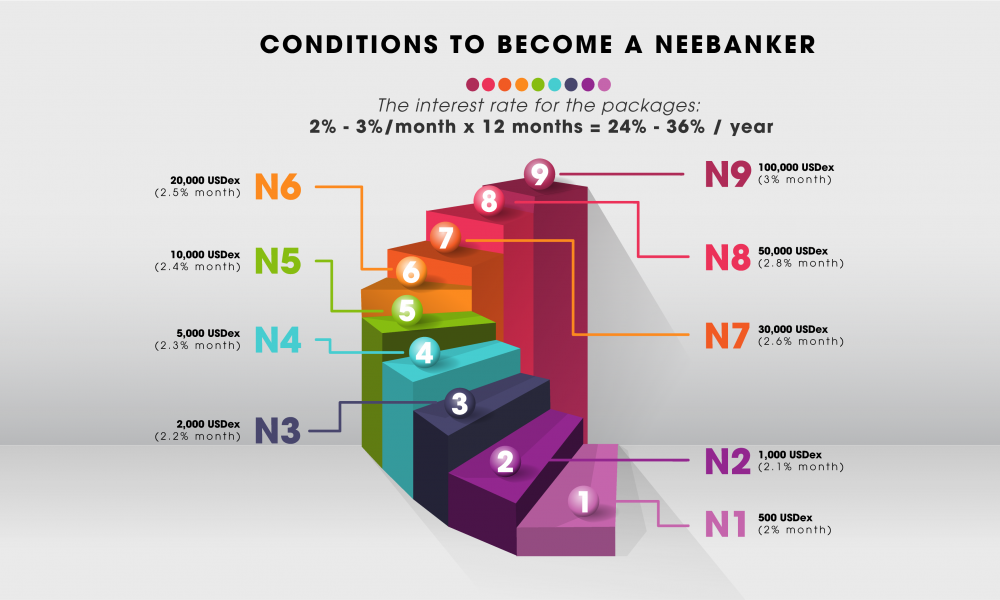
How to customize your during inflation
In a period of inflation, people should invest instead of save their money. Post COVID-19, the central banks of many countries have implemented many stimulus packages. That helps restore the economic apparatus. But it also inadvertently increased inflation. For this period, investors need to be alert to choose the best investment channel to get optimal profit from inflation. There are many channels for investment, but NEEBank will list the most popular ones that are being focused on.
Table of contents
Stock

This is a traditional way, it has been around for hundreds of years and has proven its effectiveness. Investing in the stock market is a pretty effective way to beat inflation. From 1920 to 2020, statistics from the S&P 500 index generated an average annual return of 10%. This index tracks the performance of the 500 largest companies in the US. This is the long-term average for one year. Regardless of the economic period. That is an average number, of course in the S&P 500 basket there are excellent stocks outperforming the rest. Therefore, investors need to have solid financial knowledge and calm psychology.
Also, if you are a risk-averse investor. Then you should not invest in individual stocks. The advice to you is to invest in a market index fund. The purpose of this is to neutralize risks in the market over a long period of time. Even adjusted for inflation, investments in the S&P 500 index fund have averaged returns of more than 6% between June 1930 and June 2020.
Bonds

This is another way to beat inflation, but it’s extremely safe. The average bond yields lower returns than stocks, but it is guaranteed by the government. Risk-averse investors or those going to or about to retire may seek more steady returns from their bond and bond-fund investments to beat inflation.
From June 2005 to June 2020, the Bloomberg Barclays US Composite Index showed an average annual return of 4.47%. This is an index that tracks thousands of US bonds. Even with inflation corrected, those with money in the bonds will see their purchasing power albeit modestly. However, keep in mind that bond yields are tied to economic growth.
Gold

Another channel favored by many Vietnamese people is gold. Statistics show that, from April 1968 to June 2020, the value of gold increased by an average of 7.6% a year. When adjusted for inflation, the average return is 3.6%. However, in 2013 and 2015 alone, the value of gold decreased by 28% and 12%, respectively. This shows that gold is not necessarily the safe and stable asset that some people envision.
Money 4.0

This is one of the newest and potential channels in the financial market. Unlike fiat currency, money 4.0 has a limit. Specifically, the maximum Bitcoin that can be mined is 21 million units. It is impossible to increase the supply. This leads to inflation being stopped.
In 2020, when the COVID-19 broke out in March, the Bitcoin and the S&P 500 both bottomed out. But up to now, Bitcoin price has continuously broken records, at one point it crossed the threshold of 40,000 USD. Meanwhile, the S&P 500 increased from 2663 to 3667 less than 150%. This can be seen how remarkable Bitcoin’s rate of return is. And that’s just an example in Bitcoin.
While other digital assets have increased at a more dizzying rate. Specifically, the total DeFi assets of the market since March was approximately 500 million USD, increased to 14 billion USD and December. The growth rate was nearly 28 times in 9 months.
Inflation and Money 4.0
Money 4.0 overcomes the downside of inflation
As mentioned above, Bitcoin is capped at 21 million and is not slippery due to inflation. According to basic supply and demand economics, over time as the demand for Bitcoin increases, the price can only go up because the total supply is limited. Bitcoin’s finite nature gives it the same value as gold. The difference is that Bitcoin can be stored electronically, doesn’t cost much, and is a safer haven than gold.
Currently, more than 18 million Bitcoins have been mined. The average annual inflation rate is 3.6%. Until 21 million bitcoins have been mined, Bitcoin’s inflation rate will return. However, the more Bitcoin mining will be, the more difficult it will be. Every time 210,000 blocks are mined, the output is cut in half. The work is the same, but the miners receive 50% less BTC. May 18, 2020 is the latest for the event. It also means that Bitcoin’s inflation rate will be halved to 1.8%. This is well below the 2% inflation target set by most central banks.
Currently, the widespread development of pre-4.0 is limited by old institutions. Central banks are now the dominant structure that governments use to manage their economies. They have ultimate power and will not be willing to part with their control easily.
Therefore, recently, there are many digital banking projects established to meet the needs of transactions and payments in cash 4.0.
Typically, digital bank NEEBank, we provide financial services related to money 4.0. Customers can use our banking service or become our agent as an investment to optimize their profits.
 Why Should Businesses Accept Money 4.0 Now?
Why Should Businesses Accept Money 4.0 Now?





